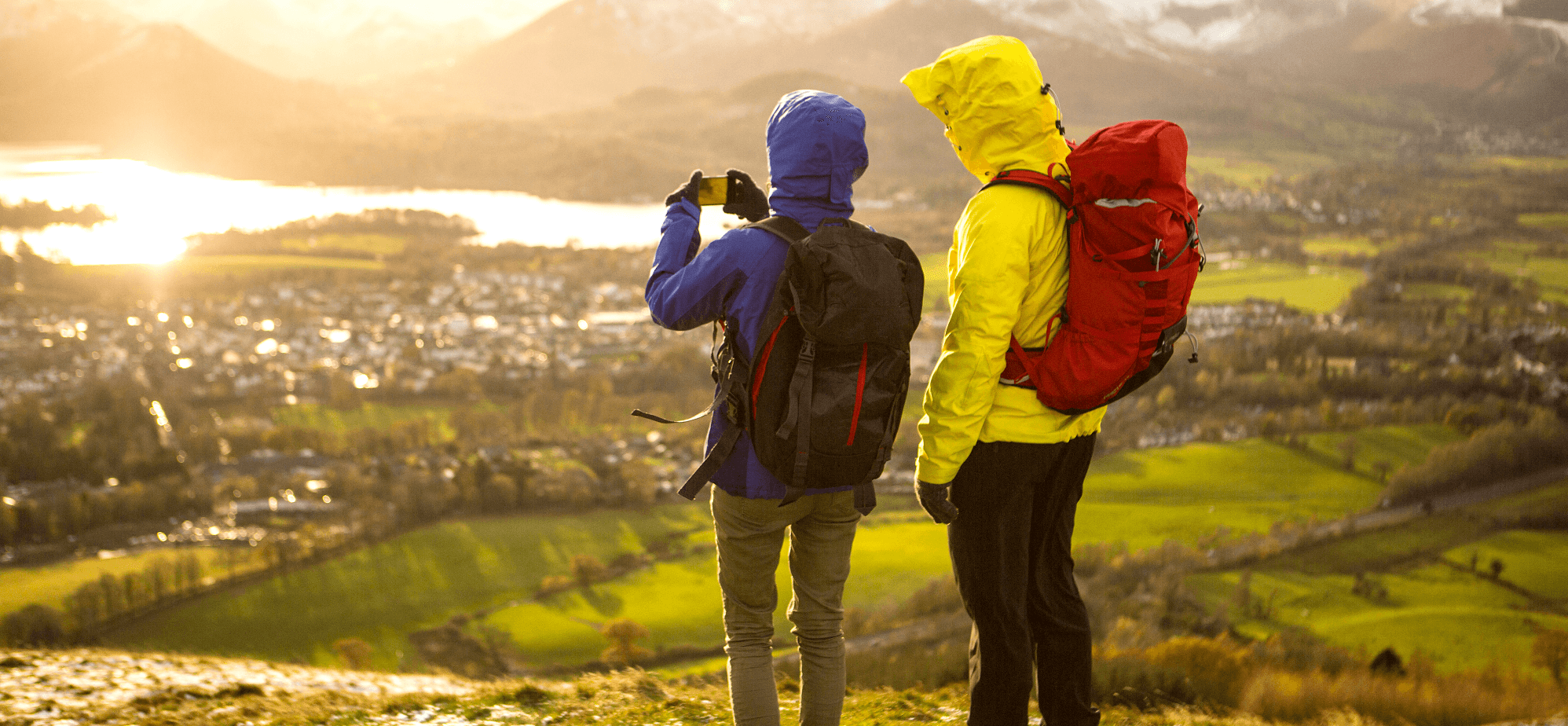When it comes to conservation, we’re all eager for solutions. Our hearts are in the right place, but its difficult to get within reach of any answers without a clear look at what’s involved.
This is further frustrated by the demand for quick fixes – which probably goes some way to explaining why you’ll often come across buzzwords that sound vituous or well-meaning, but may only be motivated by a hard nosed self interest (See “Greenwashing“).
Yes, a lot of what is deemed ‘sustainable’ can and will be co-opted, but this doesn’t diguise the fact that human needs have been and continue to be satisfied at the expense of the natural environment.
In the world of travel and tourism, Iceland and Cuba are both success stories. Yet, the influx of visitors have left the infrastructure of both countries struggling to cope with the threat of ‘overtourism‘ to their culture, heritage and natural beauty.
Airlines sell seats – hospitality and maintenance is left to the locals. But as many economies are now becoming increasingly dependent on tourism, the sector has established itself as a crucial source of revenue and job creation, as well as an lifeline for many local businesses.
In many respects tourism has saved Iceland from the worst effects of economic stagnation, and nobody wants to discourage visitors. But if we are to support and maintain the delicate balance required for a healthy culture and ecology, what we do need is a better policy to manage the impact of growing visitor numbers.
What is Sustainable Tourism in 2018?
The changing shape of travel in over the past decade may go some way to explaining why this year is the UN designated “International Year of Sustainable Tourism for Development“. A recognition that at its best, tourism can help foster appreciation between different cultures as well as offsetting the hardships of a struggling economy.
But as new possibilities open up to travellers, we need to ask the relevant questions. Are the jobs being created of a fair standard? Or, in the case of Cuba, is the money being made from new business opportunities finding its way back into the local economy?
We need to recognise that travel has the potential to protect rather than plunder and that when it comes to not just where, but how you choose to travel, there are more options than ever before. Nor should we assume that these issues aren’t relevant in our own regions.
Venturing off the beaten path can draw you closer to the real character of where you wander, but it can also bring revenue for rural communities and smaller businesses who can’t set up shop in the busier tourist locations.
For towns and villages outside of the tourist trail, with a drain on workers flocking to the urban centres – additional revenue from tourism can help preserve community and tradition.
‘Low-impact travel‘ could also prove itself as the best way to appreciate the local differences that create a sense of place. You’ll get everything you’d miss out on staying in an all-inclusive holiday resort and because you don’t have to stay rooted, you can happen on that unexpected part of your journey that really stays with you.
Granted, these aren’t novel ideas, but they are a start in sharing and developing best practices to preserve the identity that made these destinations so inspiring to visitors in the first place.
For more information on how tourism can be a vehicle for promoting change: http://www.tourism4development2017.org/why-tourism/


